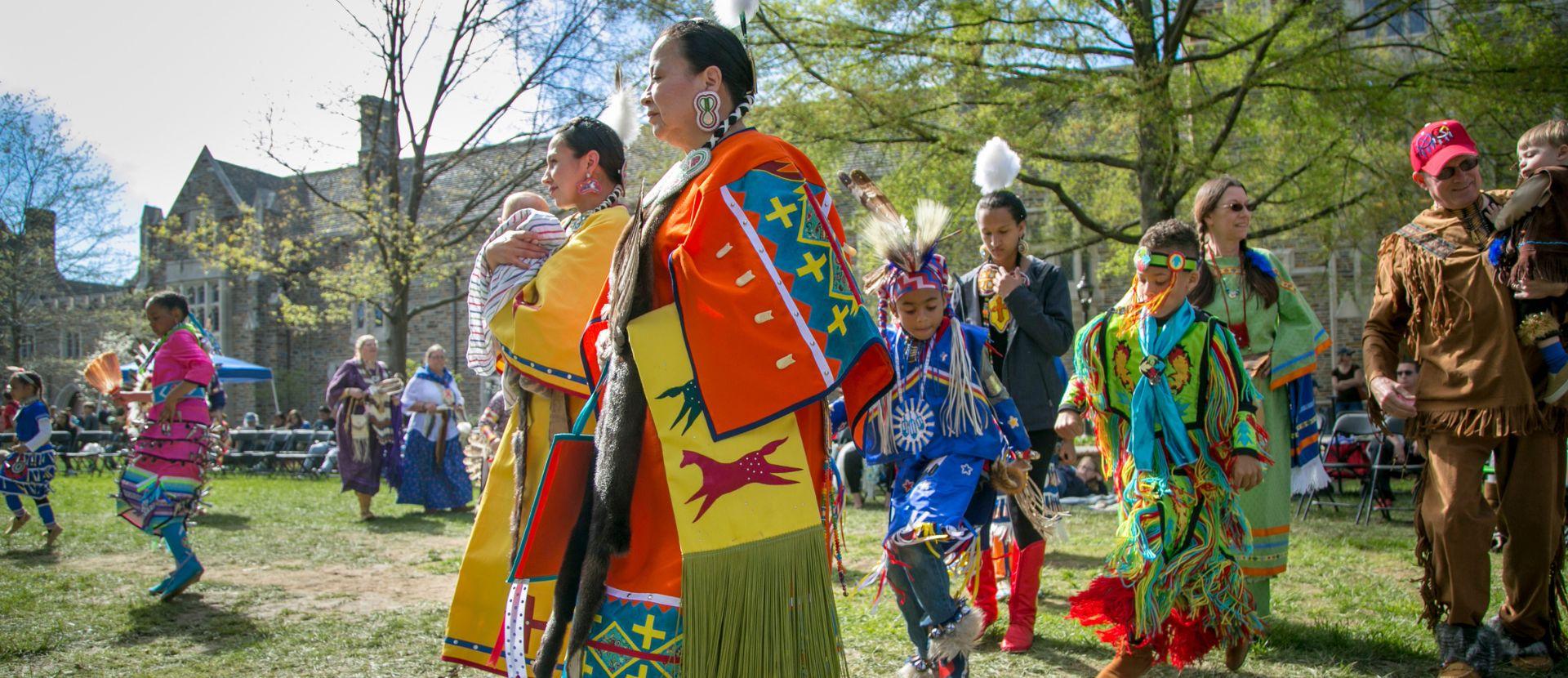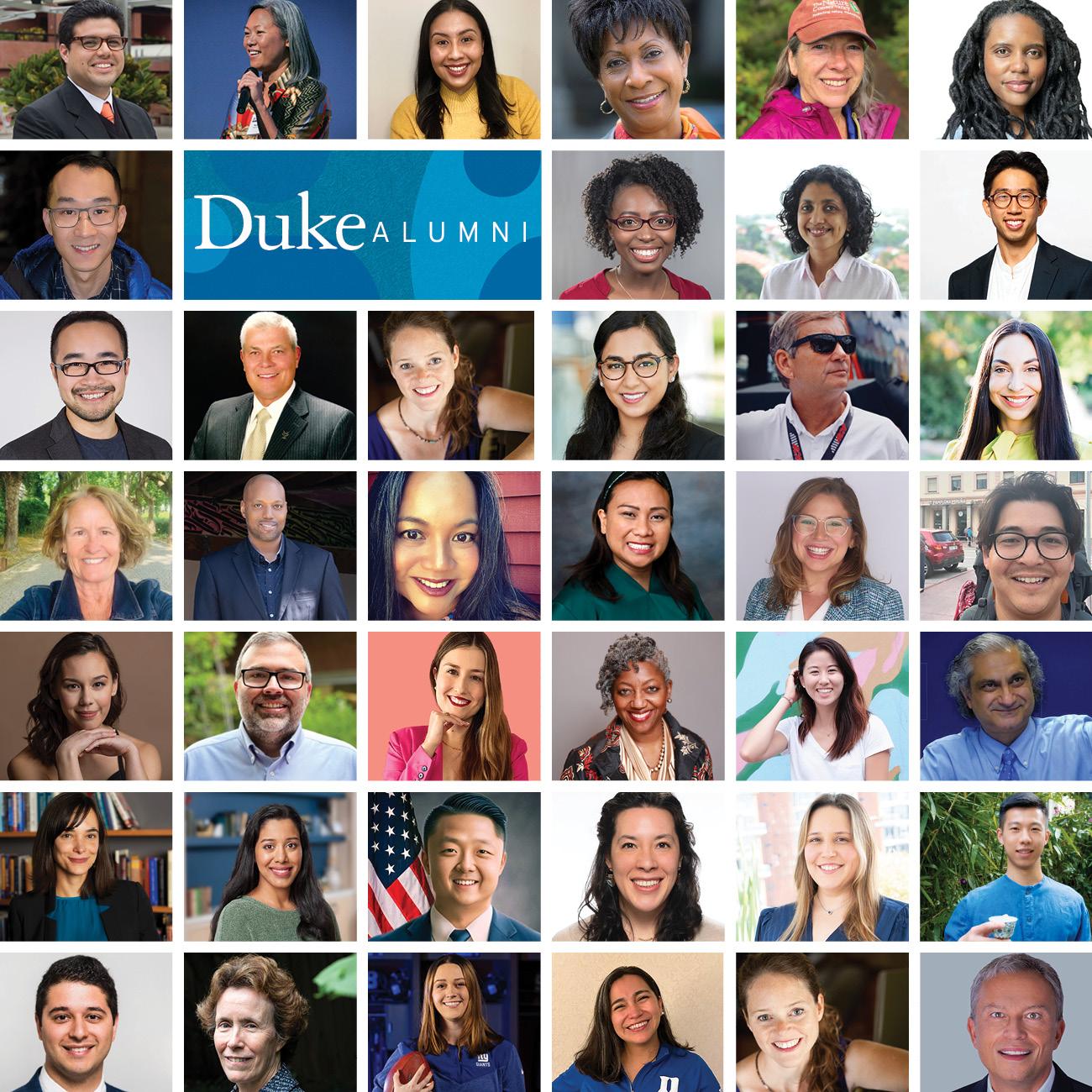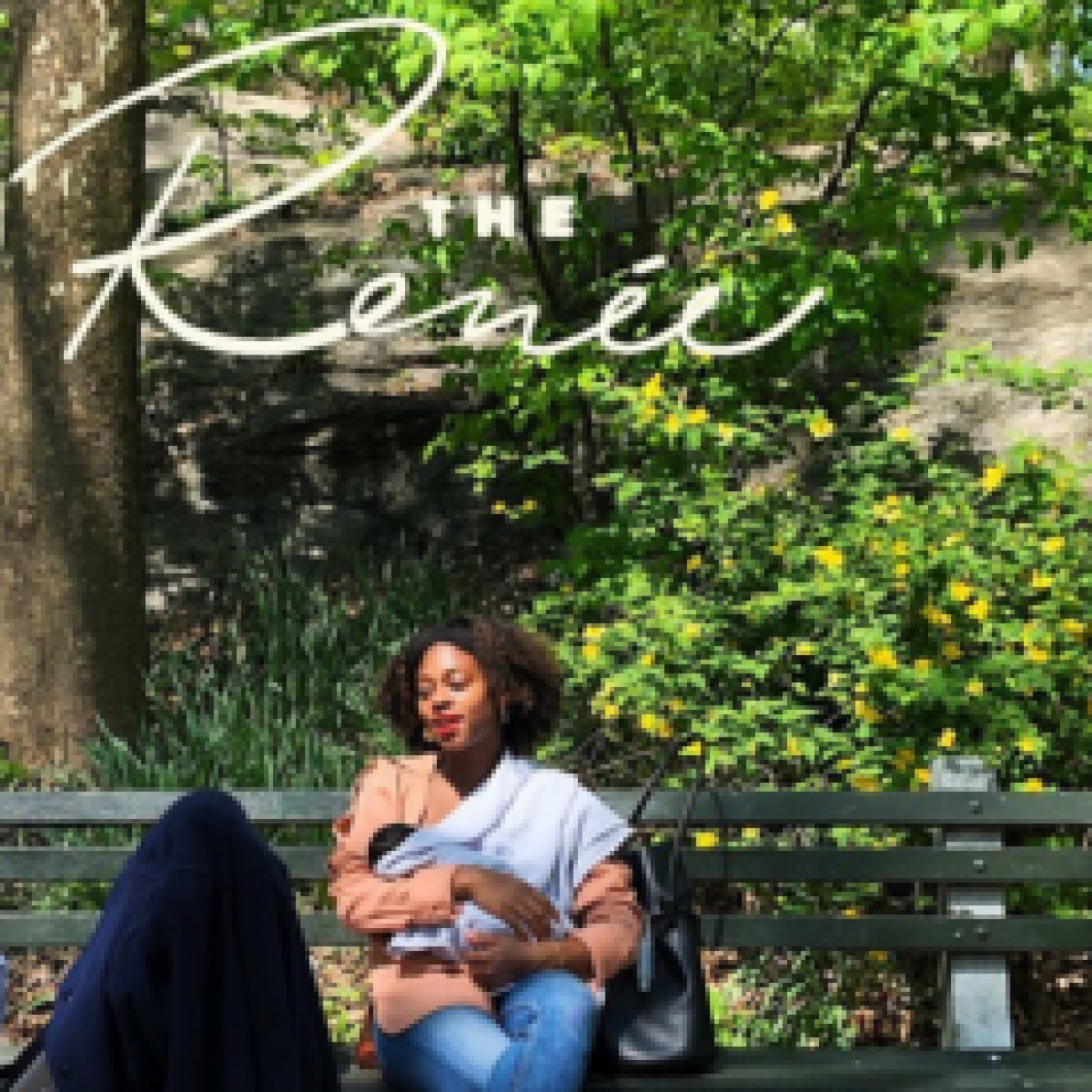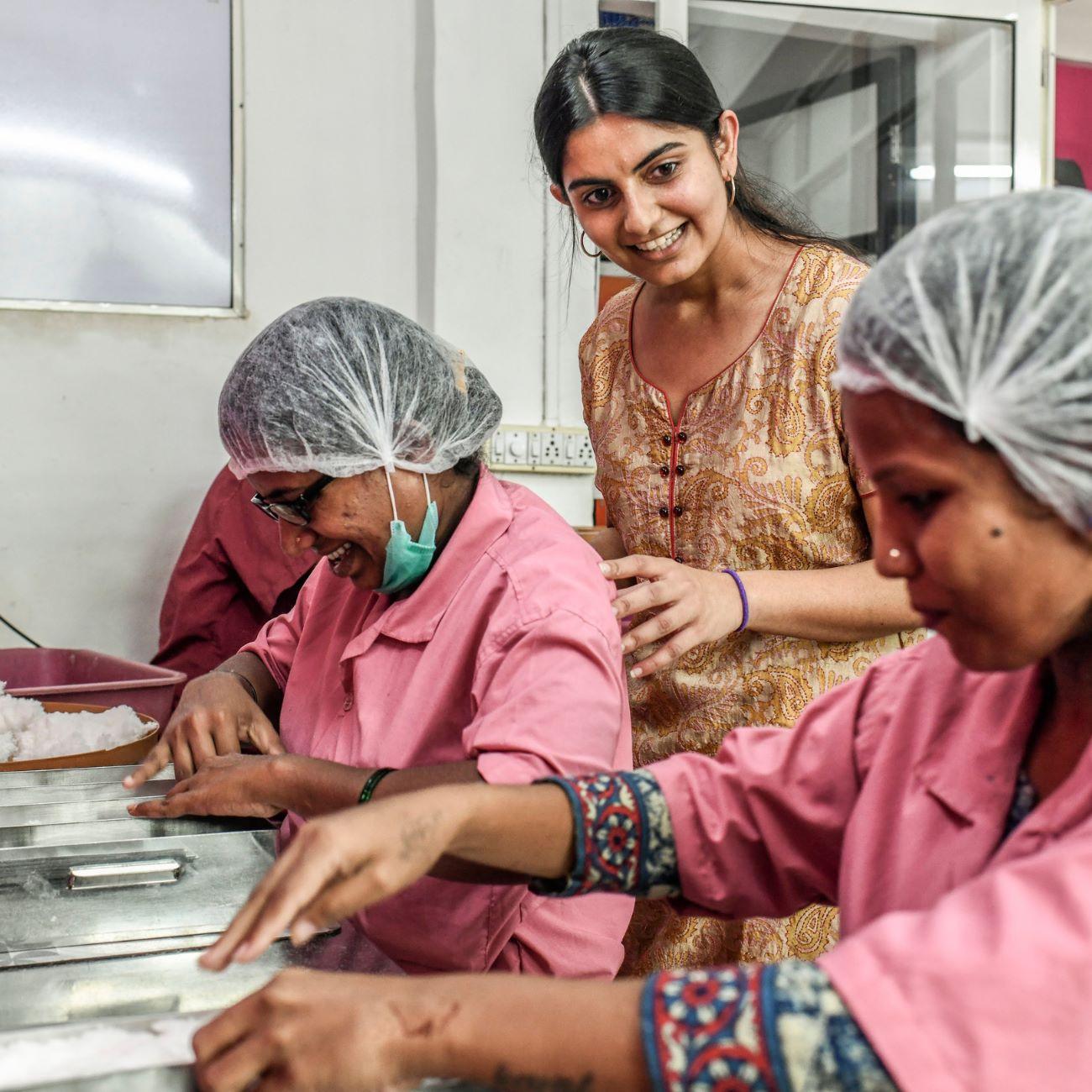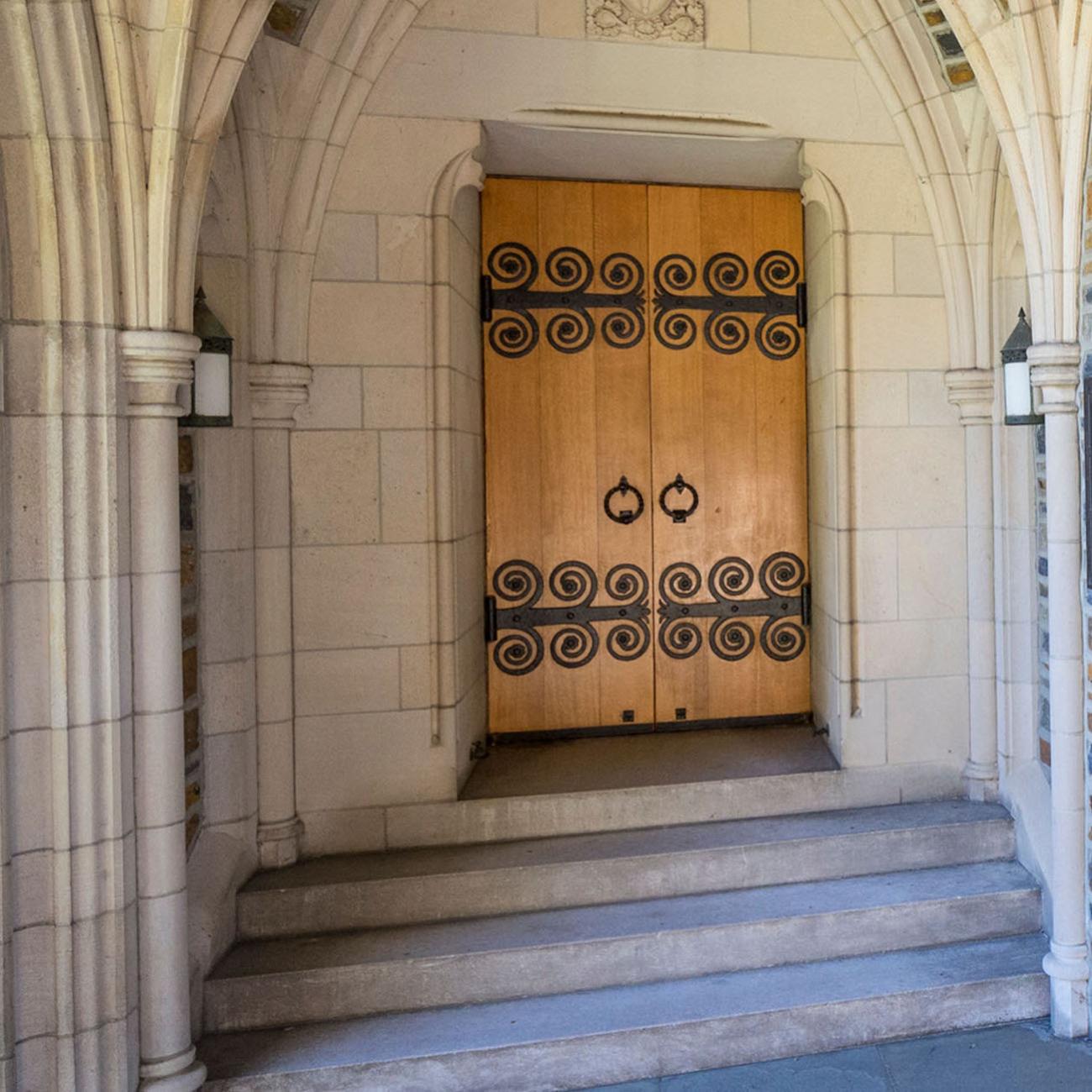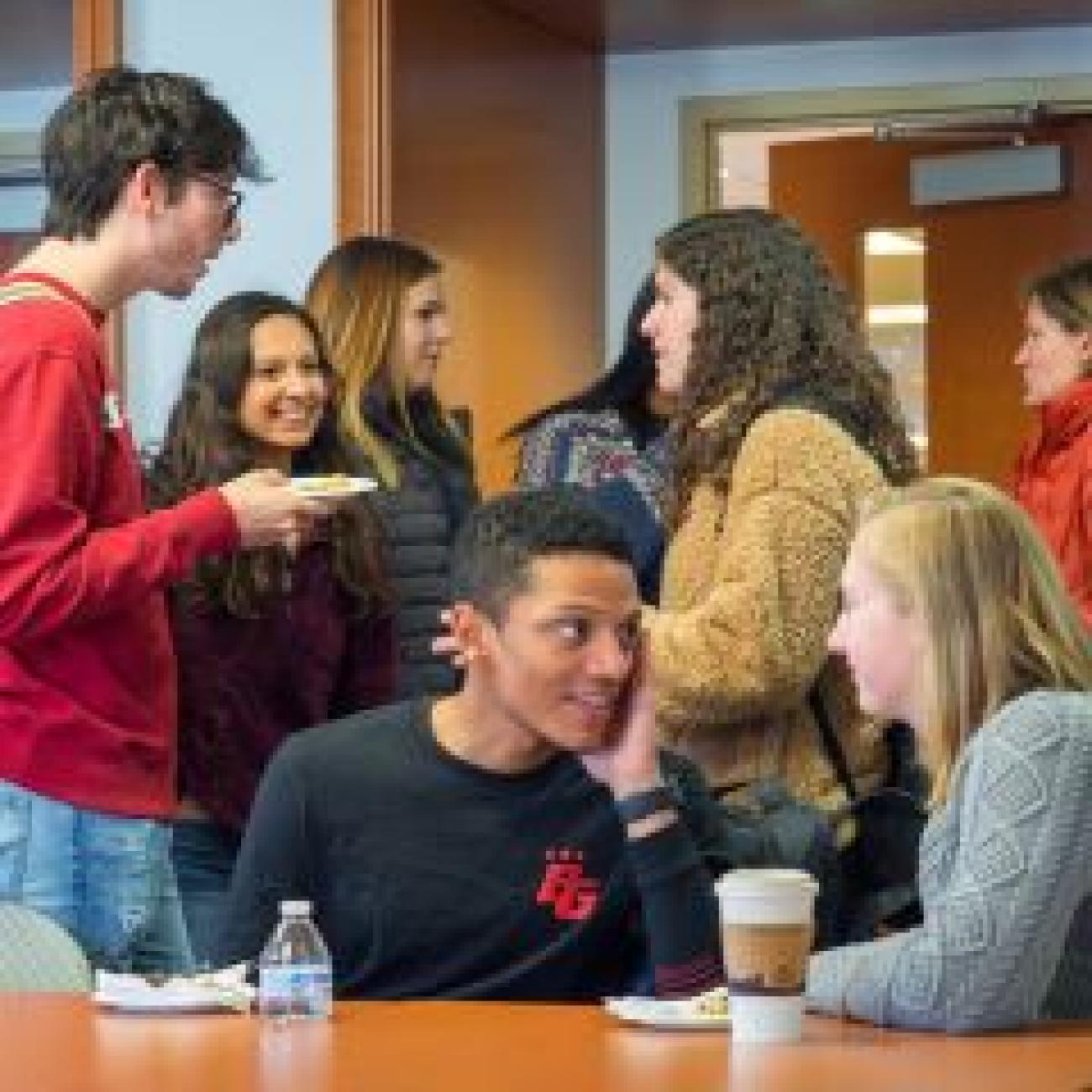New Affinity Group Builds Belonging
Duke’s Native American and Indigenous Alumni group fosters community, visibility and advocacy for Native students and alumni.
"I remember sometimes feeling invisible. Now, we’re creating a space that highlights our presence."
That’s how Dr. Ryan Emanuel ’99, associate professor at Duke’s Nicholas School of the Environment and chairman of Duke Native American and Indigenous Alumni (DNAIA), reflects on how the group began to take shape. Along with a small group of passionate alumni, they realized that the community could be built by them—through connection, awareness and recognition.
During the 1990s, when Emanuel was an undergraduate, there were only a few Native American students at Duke. While the Center for Multicultural Affairs (CMA) offered valuable resources and support, there wasn’t a dedicated space for Native American and Indigenous people to build a community, he says.
That experience motivated Emanuel to help establish DNAIA a few years ago. It was a community effort that involved connecting with others who shared similar experiences—alumni who were looking for ways to reconnect with the university and Native American and Indigenous students.
“I knew that later generations of Native American and Indigenous alums and students continued to feel how I did,” Emanuel says. “We wanted to change that.”
However, the group’s mission is intended to expand further than just a support network. DNAIA supports the Duke Native American Studies Initiative and the Native American and Indigenous Student Alliance (NAISA), both movements that collaborate to enhance visibility and support for their diverse communities. The group aims to provide resources for current students and alumni, whether through mentorship, networking or simply providing a space where they can share their experiences.
“We’re creating a strong foundation to help advocate for current students, alumni and the broader Native American and Indigenous community at Duke,” says Melissa Bebb M.B.A.’17, co-chair of DNAIA. “Awareness is a key goal.”
One of the pivotal moments in the group’s formative years was during Emanuel’s 2019 visit to the Duke Human Rights Center for a lecture on Environmental Justice and Indigenous Rights. Emanuel spoke with Myron Dewey, the late Walker River Paiute Tribe filmmaker and visiting professor at the Duke Center for Documentary Series, who stressed that DNAIA wasn’t only going to be a voice for alumni, but an advocate for current Duke students. Emanuel remembers agreeing with Dewey, inspiring him to mobilize their communities into a group.
The alumni group hosts events specialized in building alumni student connections. Each spring, NAISA partners with CMA to host their annual Duke Powwow, a culturally significant event on campus, Bebb says. In addition, DNAIA plans to hold a book reading of Emanuel’s book “On the Swamp,” which discusses the erasure faced by Native American communities in North Carolina, examining how colonialism has been linked to environmental degradation. It highlights the ongoing efforts by tribal communities to protect and preserve their ancestral lands. Both events serve as opportunities to celebrate their heritage, highlight issues and engage with the broader Duke community.
“There’s an appreciation in seeing ourselves reflected in the spaces where we studied or work,” says Bebb. “It’s not just about a group—our story is part of Duke’s story.”
As the Native American and Indigenous Alumni Group moves into its next phase, their goals are clear: to continue supporting their diverse communities, celebrating their cultural heritages and building stronger connections among alumni, faculty and current students. DNAIA is more than just an organization for Emanuel, Bebb and other members, it’s the community they felt was missing.
“Our communities are close-knit and value connection,” says Emanuel. “This group is about creating that connection at Duke.”







